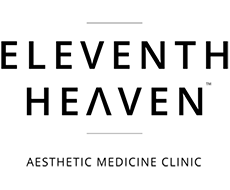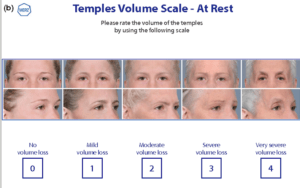About the Temples
The temples are a key part of upper-face balance yet are often overlooked. With time, changes in this area can create the appearance of hollowing, which may contribute to a more tired or gaunt look and can influence how the brow and upper face are perceived.
At Eleventh Heaven Brisbane, we take a doctor-led, whole-face approach. Your consultation considers skin quality, soft-tissue support and bony contours to assess temple shape in relation to nearby features (brow, forehead, midface). For suitable adults, we can discuss personalised, non-surgical options aimed at subtle, natural-looking contour support.
Important: Some options may involve a prescription-only medicine. We do not advertise prescription-only medicines to the public. Any such option can only be discussed and, if appropriate, provided after consultation with a registered medical practitioner. Individual results vary; no outcome is guaranteed.

